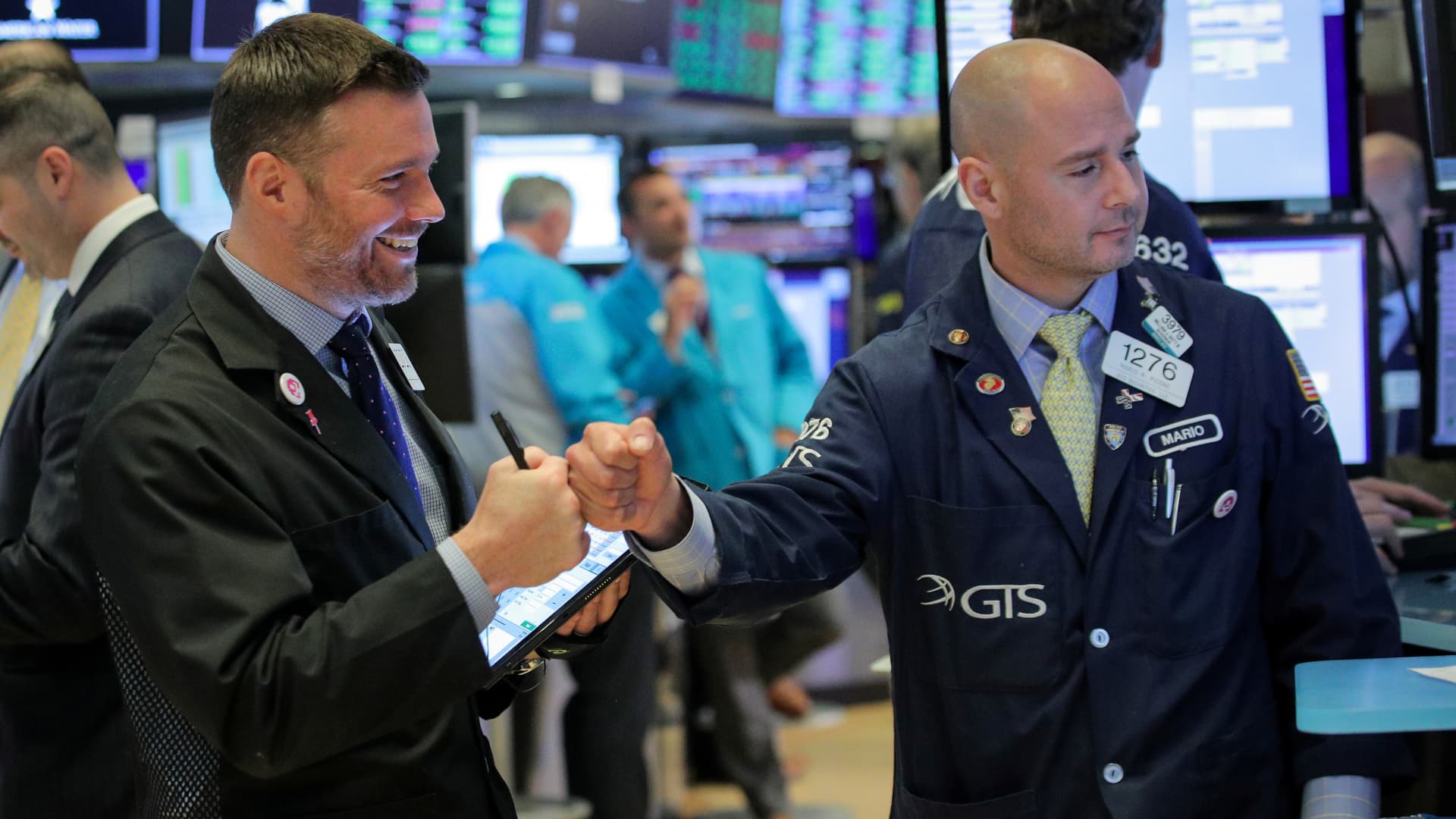
The stock market reached a new record high on Friday, with the S&P 500 index closing at an all-time high of 4,839.81. This was fueled by surging tech stocks and bets that the Federal Reserve will cut interest rates this year.
The information technology sector led trading session gains with a rise of 2.4%, while shares of AI darlings such as Nvidia jumped 4.2% to $594.51, setting a new record close, and Meta Platforms also closed at a record high, rising 2%. The Dow Jones Industrial Average index also hit a new high.
Despite some concerns about inflation and the possibility of rate cuts by March from the Federal Reserve, investors are optimistic that the central bank will take action to tamp down inflation without triggering an economic downturn. Treasury yields have spiked after falling sharply over recent months, with the yield on 10-year note edging above 4% and reaching its highest level since mid-December.
The S&P 500 has found its footing in 2024 after a rocky start to the year. The index jumped by around 1.5%, with stocks rallying powerfully at year end as optimism grew that the Fed could achieve a soft landing, or tamp down inflation without triggering an economic downturn.
The Federal Reserve projected three rate cuts in 2024 and signaled it might be done raising rates after keeping them on hold for the third straight time. However, Chicago Fed President Austan Goolsbee cheered investors by saying that the central bank should consider cutting interest rates if inflation continues to fall.
Overall, while there are some concerns about inflation and rate cuts from the Federal Reserve, investors remain optimistic about the future of tech stocks and Big Tech companies.


